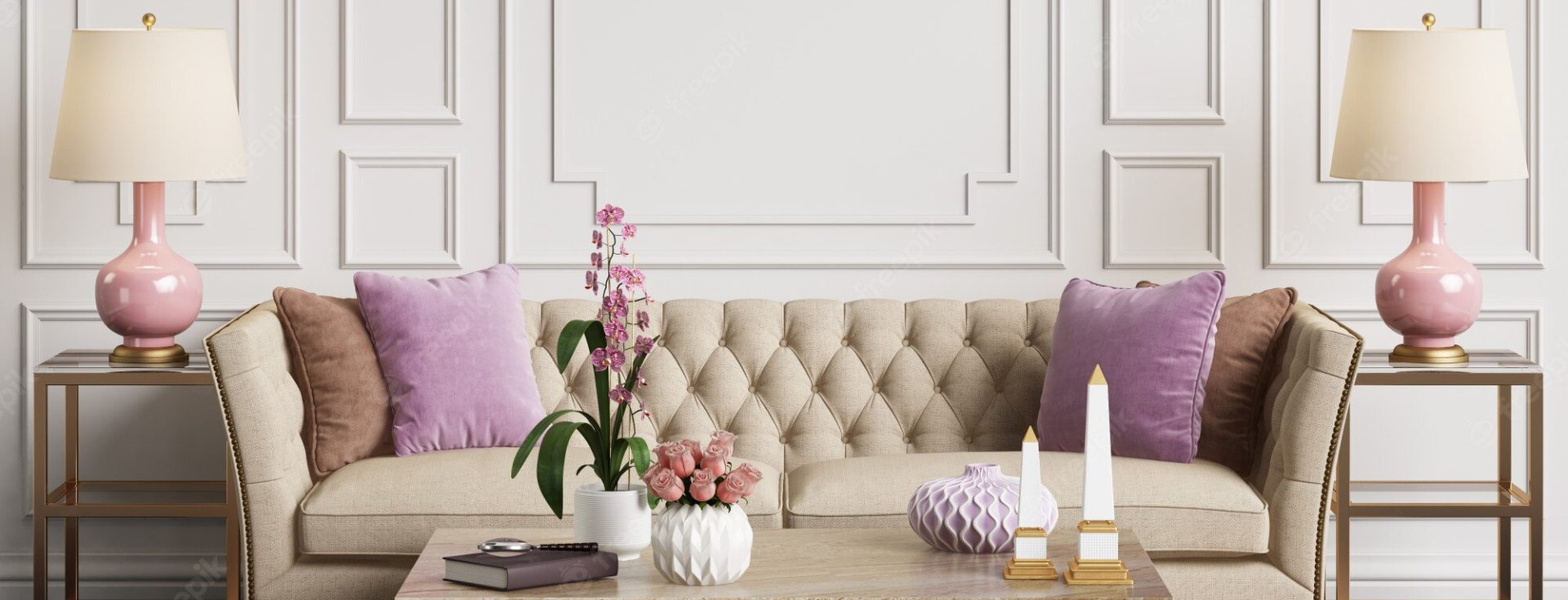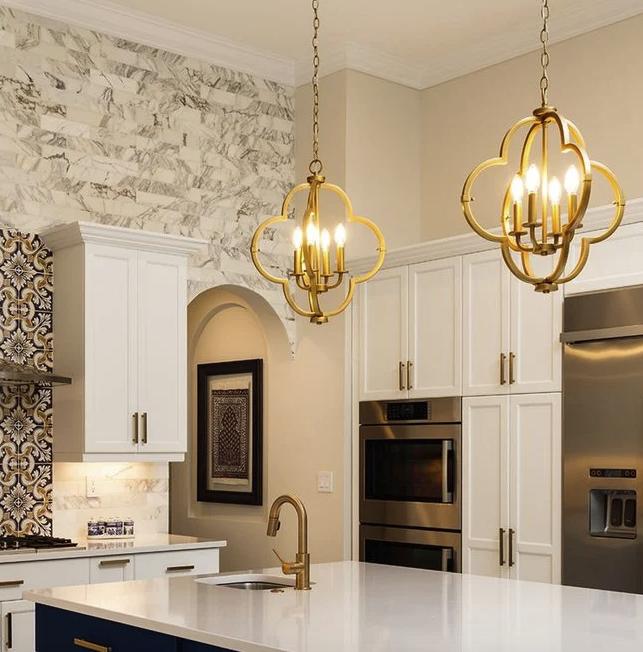Lighting plays a pivotal role in the kitchen, serving not only as a functional necessity but also as a key element in the overall aesthetic of the space. A well-lit kitchen enhances visibility, making it easier to prepare meals, read recipes, and navigate the area safely. Poor lighting can lead to accidents, such as cutting oneself while chopping vegetables or misplacing ingredients.
Therefore, it is essential to consider the type and placement of lighting fixtures to ensure that every corner of the kitchen is adequately illuminated. Task lighting, ambient lighting, and accent lighting all contribute to a well-rounded lighting scheme that caters to various activities within the kitchen. Moreover, the kitchen is often considered the heart of the home, where families gather to cook, eat, and socialize.
The right lighting can create an inviting atmosphere that encourages interaction and warmth. For instance, pendant lights over an island or a dining table can create a focal point that draws people together. Additionally, the color temperature of the light can influence the mood; warmer tones can evoke a cozy feeling, while cooler tones can promote alertness and focus.
Thus, understanding the importance of lighting in the kitchen goes beyond mere functionality; it encompasses the emotional and social dynamics of the space.
Choosing the Right Chandelier for Your Space
Assessing the Space
The first step in choosing a chandelier is to assess the size of the kitchen and the specific area where the fixture will be installed. A large chandelier can overwhelm a small kitchen, while a tiny fixture may get lost in a spacious area. To achieve balance, it’s essential to select a chandelier that complements the scale of the room.
Considering Style and Design
Style is another critical factor when selecting a chandelier. The design should harmonize with existing decor elements, such as cabinetry, countertops, and flooring. For example, a rustic wooden chandelier can enhance a farmhouse-style kitchen, while a modern metal fixture may suit a contemporary space. The finish of the chandelier is also important, as it can add a touch of elegance or introduce an industrial vibe.
Reflecting Personal Taste
Ultimately, the chosen chandelier should reflect personal taste while enhancing the overall design narrative of the kitchen. By considering the size, style, and finish of the chandelier, homeowners can create a cohesive and inviting space that reflects their unique style and aesthetic.
Installing Your Chandelier: Tips and Tricks
Installing a chandelier in your kitchen can be a rewarding DIY project if approached with careful planning and attention to detail. Before beginning the installation process, it is crucial to turn off the power at the circuit breaker to ensure safety. Once power is off, remove any existing light fixtures and prepare the electrical box for the new chandelier.
It is advisable to have a second person assist during installation, especially for larger chandeliers that may be cumbersome to hold in place while securing them. When positioning the chandelier, consider its height above surfaces such as countertops or dining tables. A general guideline is to hang the chandelier approximately 30 to 36 inches above a dining table or kitchen island to allow for adequate headroom while still providing effective illumination.
If installing multiple chandeliers in a row over an island or bar area, maintain consistent spacing between them for visual harmony. After securing the fixture and connecting the wiring according to manufacturer instructions, restore power and test the chandelier to ensure it functions correctly.
Maintaining and Cleaning Your Chandelier
Regular maintenance and cleaning are essential for preserving the beauty and functionality of your chandelier. Dust and grime can accumulate on light fixtures over time, diminishing their brilliance and potentially affecting their performance. To keep your chandelier looking its best, establish a cleaning routine that involves dusting it at least once a month with a soft cloth or feather duster.
For more thorough cleaning, consider using a mixture of warm water and mild soap to gently wipe down surfaces without damaging any delicate components. When cleaning crystal chandeliers, extra care is required due to their intricate design and fragile materials. It is advisable to remove crystals if possible and soak them in soapy water before rinsing and drying them thoroughly before reattaching them.
For chandeliers Aluredesign with glass shades or bulbs, ensure they are cool before cleaning to avoid burns or breakage. Additionally, check for any loose connections or burnt-out bulbs during maintenance; replacing bulbs promptly not only enhances illumination but also prevents strain on electrical components.
Enhancing Your Kitchen Decor with a Chandelier
A chandelier can serve as a stunning focal point in your kitchen decor, elevating its overall design and creating an inviting ambiance. By carefully selecting a chandelier that aligns with your style preferences and complements existing elements in your kitchen, you can transform an ordinary space into an extraordinary one. For instance, if your kitchen features an open layout with high ceilings, consider opting for a dramatic chandelier that draws attention upward and adds vertical interest.
Incorporating decorative elements around the chandelier can further enhance its impact. Consider using complementary colors in wall paint or cabinetry that echo the tones found in the chandelier’s design. Additionally, layering different types of lighting—such as under-cabinet lights or recessed fixtures—can create depth and dimension in your kitchen while allowing the chandelier to shine as a centerpiece.
By thoughtfully integrating your chandelier into your kitchen decor scheme, you can achieve a cohesive look that reflects your personal style.
Energy-Efficient Lighting Options for Your Kitchen
LED Bulbs: A Long-Lasting and Eco-Friendly Choice
LED bulbs are a popular choice due to their exceptional longevity and low energy consumption compared to traditional incandescent bulbs. They produce less heat and have a significantly longer lifespan, often lasting up to 25 times longer than incandescent options, making them an environmentally friendly choice that also reduces electricity bills.
Smart Lighting Solutions for Flexibility and Energy Efficiency
In addition to LED bulbs, consider incorporating smart lighting solutions into your kitchen design. Smart bulbs allow homeowners to control brightness levels and color temperatures through mobile apps or voice commands, providing flexibility in creating different moods throughout the day. Dimming capabilities can enhance energy efficiency by allowing users to adjust light levels based on specific tasks or times of day.
Intelligent Lighting Controls for Maximum Efficiency
Furthermore, integrating motion sensors can ensure lights are only activated when someone is present in the kitchen, further conserving energy while maintaining functionality. By understanding these various aspects of lighting in the kitchen, homeowners can create an inviting and efficient space that meets both practical needs and aesthetic desires.





